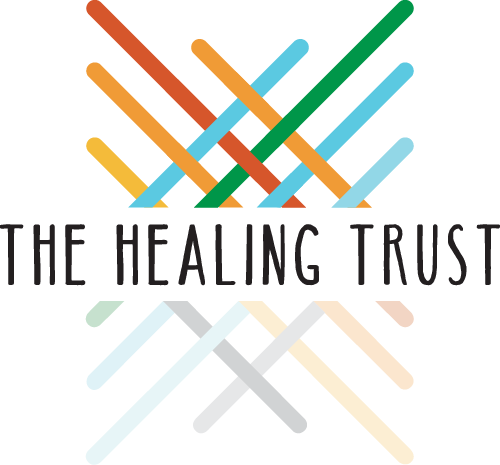Sabbatical Grants provide support for a nonprofit organization during a period of sabbatical for its CEO/Executive Director. We believe that the CEO’s time away is beneficial for the individual, the interim staff, and the organization’s sustainability. President/CEO of Hope Clinic for Women, Renee Rizzo, graciously agreed to share some of her insights from this unique opportunity.
Q. How long were you on sabbatical and what did you do while on sabbatical?
A. I was on sabbatical for three months. I focused my time and energy on activities that would provide spiritual, mental and physical renewal. Through the grant, I was able to work with a life coach twice a month during the sabbatical and for three months after my return to work. I also did one-on-one counseling and body works sessions with someone who incorporates Pilates, medication, and Bowen bodywork to help release the trauma that is discussed during therapy. Additionally, I sprinkled trips to the beach throughout the three months for rest, fun, renewal, reading and journaling.
Q. What was your biggest fear about taking a sabbatical?
A. Not wanting to return to work. I was also concerned about what it would it be like for me and for the staff. Up until then, I had not taken off more than two weeks at any one time in my professional career since I graduated from college. So, I was worried that being gone so long would make it impossible to return. I also worried about what re-entry would feel like for my team and whether they would want me back.
Q. Were there any surprises during your sabbatical? What was your favorite part?
A. I had a family crisis on day two of my sabbatical, which I am sure helped me quickly detach from work. On one hand, I was saddened that it happened in a season when I wanted to focus on my own self-care, but it helped me quickly let go of my work and focus on myself and my family.
My favorite part turned out to be “small things:” being able to breathe; sleep, work out, meet friends for lunch, and not always worrying about what was next. I was able to worship, pray, read (a fun book), and simply live in the moment. My time with my life coach was the most pivotal part of it. I am a high energy person, and my life coach correctly assumed that my sabbatical would be one of “active rest.” I would not have enjoyed laying around the pool for 12 weeks and wasn’t able to spend 12 weeks in Venice, so I created a plan that included fun things, hard (but good) things, and left a lot of blank space on my calendar. I needed to learn not to live such a planned life.
Q How has the transition back into work been and how have you approached work differently since your sabbatical?
A. I had a three-phase re-entry plan that got a bit kinked due to staff turnover and an unexpected challenge that I quickly needed to address. The first couple of weeks felt awkward for me and the staff as we got used to my return and our roles together. We had many open ‘circle’ sessions about it, which were incredibly helpful. The directors who ran the day-to-day while I was gone were wonderful to work with during the ‘clunky’ phase of re-entry. Be prepared for work to look a little different when you return; it should. The sabbatical is an opportunity for your team to step up to the plate, as well as a chance for you to grow, rest, and re-calibrate. My staff did a wonderful job, and I promoted two people when I returned.
Q. What advice would you give someone considering taking a sabbatical?
A. Prepare your team (board, staff, top donors and volunteers) as much as possible with a clear plan of key things for them to cover while you are gone so you are all on the same page. Have a clear re-entry plan that phases you back in and provides space for you and your team to communicate openly.

